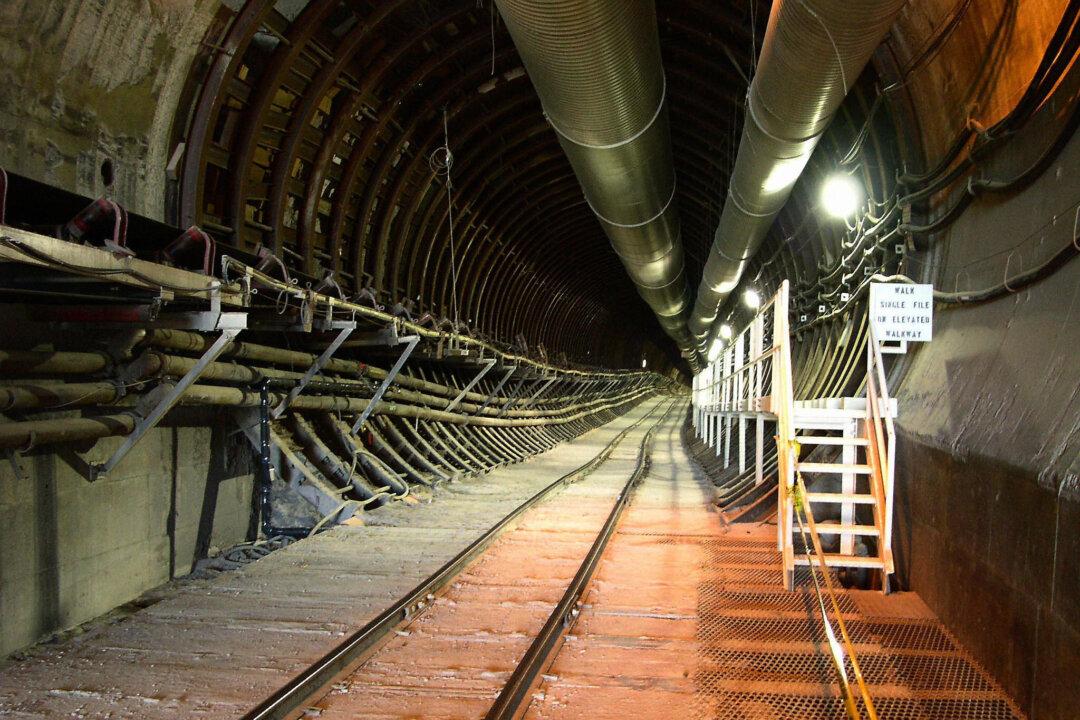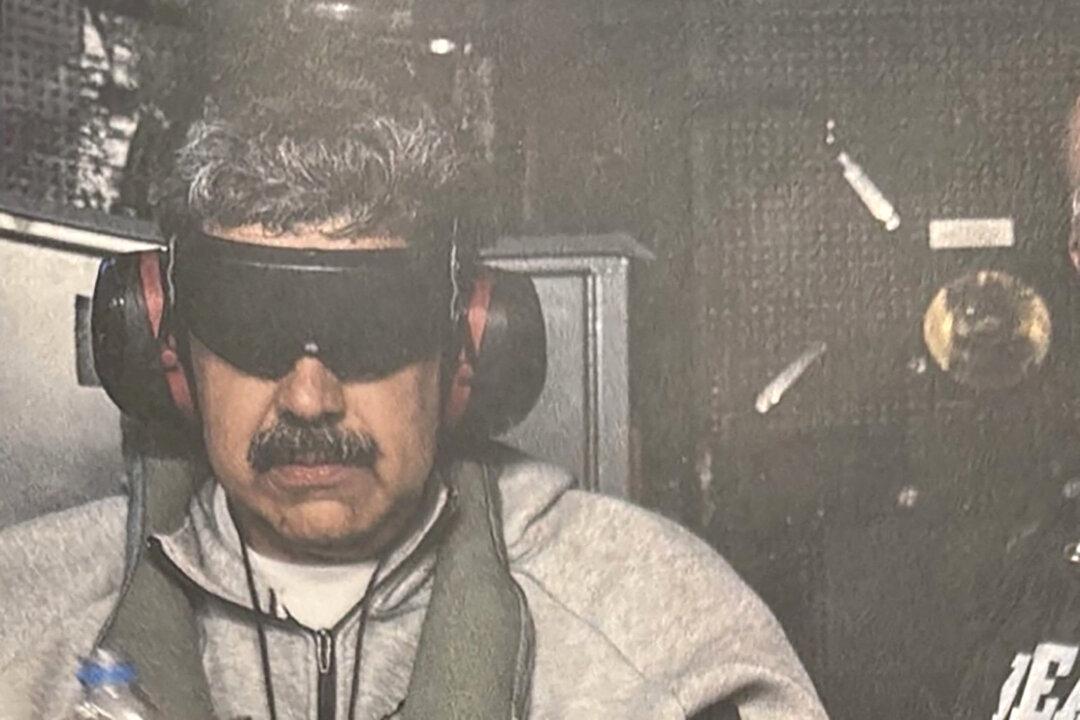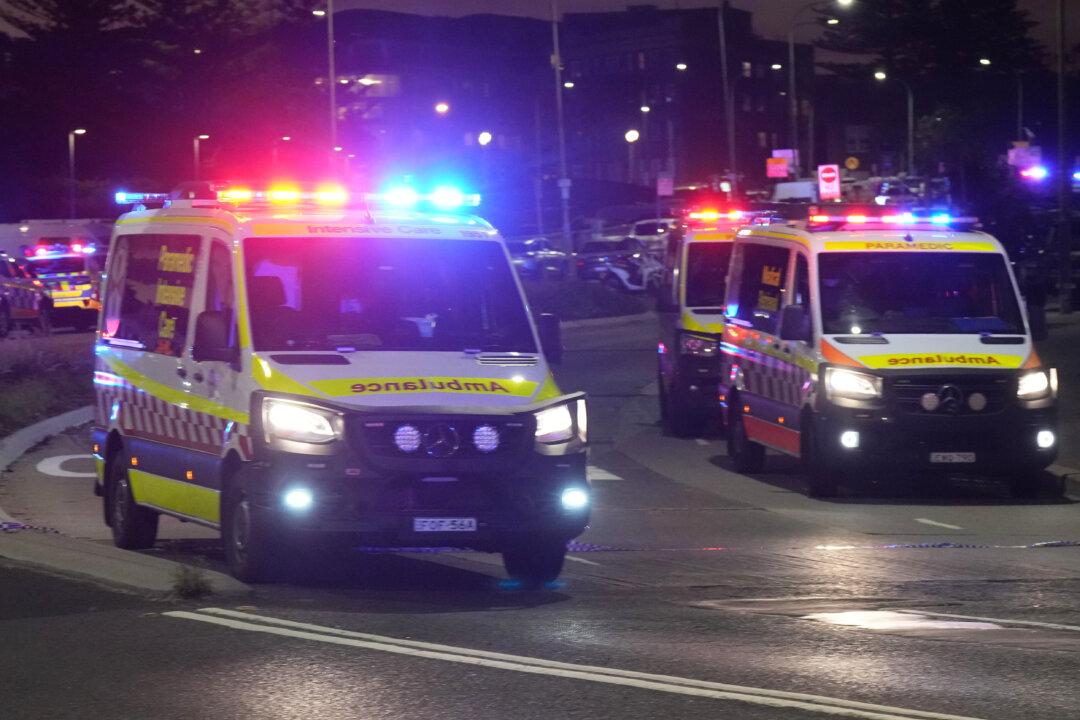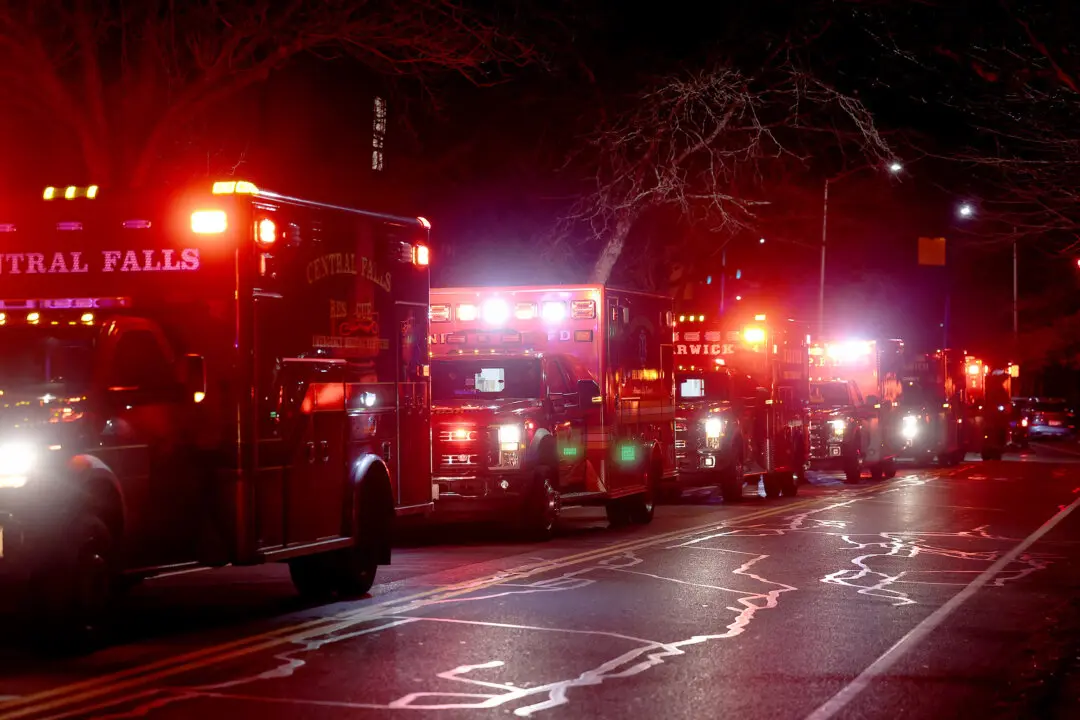The Nuclear Information and Research Service (NIRS) on Oct. 27 kicked off its national campaign to stop the shipment of nuclear waste across the United States with a nationwide publication of maps depicting likely transportation routes of radioactive waste from nuclear power plants to the proposed Yucca Mountain nuclear waste repository in Nevada.
The State of Nevada, Office of Nuclear Projects reproduced the maps based on U.S. Department of Energy (DOE) data showing proposed routes and shipment numbers of high-level nuclear waste that would traverse 43 states.
The author of the maps and consultant to the state of Nevada, Dr. Fred Dilger, told reporters in a telebriefing Tuesday, Oct. 27, that the DOE estimated in 2008 the move would require 2,800 rail shipments containing 9,500 casks of waste and 2,700 highway shipments. Up to 211 barges are expected to carry giant, high-level radioactive waste containers onto the waters of the Hudson River, the Jersey Shore, and Long Island Sound.
The nationwide push called The Stop Fukishima Freeways Campaign was launched in conjunction with 29 states and the District of Columbia amid concerns that Congress is reviving the failed and previously terminated Yucca Mountain nuclear waste site by renewing its push for the necessary license.
The campaign is intended to alert state and local officials and the public of the severe dangers of this mass transportation, which is expected to take 50 years, and also calls for movement to a more environmentally suitable site.
Yucca Mountain Repository
Beginning in 1985, the DOE set out to dispose of spent nuclear fuel and high-level waste via a two-part plan in compliance with a 1982 law that supports storing radioactive waste in deep geologic repositories. Archival documents show that the DOE reviewed numerous scientific and engineering assessments of nine potential sites, but in 1987, Congress amended the act to identify Yucca Mountain as the sole site for continued study. In 2002, the DOE recommended that Yucca Mountain was suitable to hold the waste without risk to public safety and health.
Despite a number of challenges from Nevada and environmental groups, the DOE applied for the necessary license and arduously planned to construct a new waste repository. The opposition complained that Yucca Mountain wasn’t suitable due to seismic and volcanic activities, as well as water entering into the site, according to the executive director of NIRS, Tim Judson, in the telebriefing.
In June 2008, just before the presidential election the DOE applied to the Nuclear Regulatory Commission for Yucca Mountain “so they could get it into the process which has kept the Yucca Mountain project alive,” said Dilger. But in 2010, the DOE terminated the project, stating in a motion to withdraw the application that “a geologic repository at Yucca Mountain is not a workable option for long-term disposition of these materials.”





